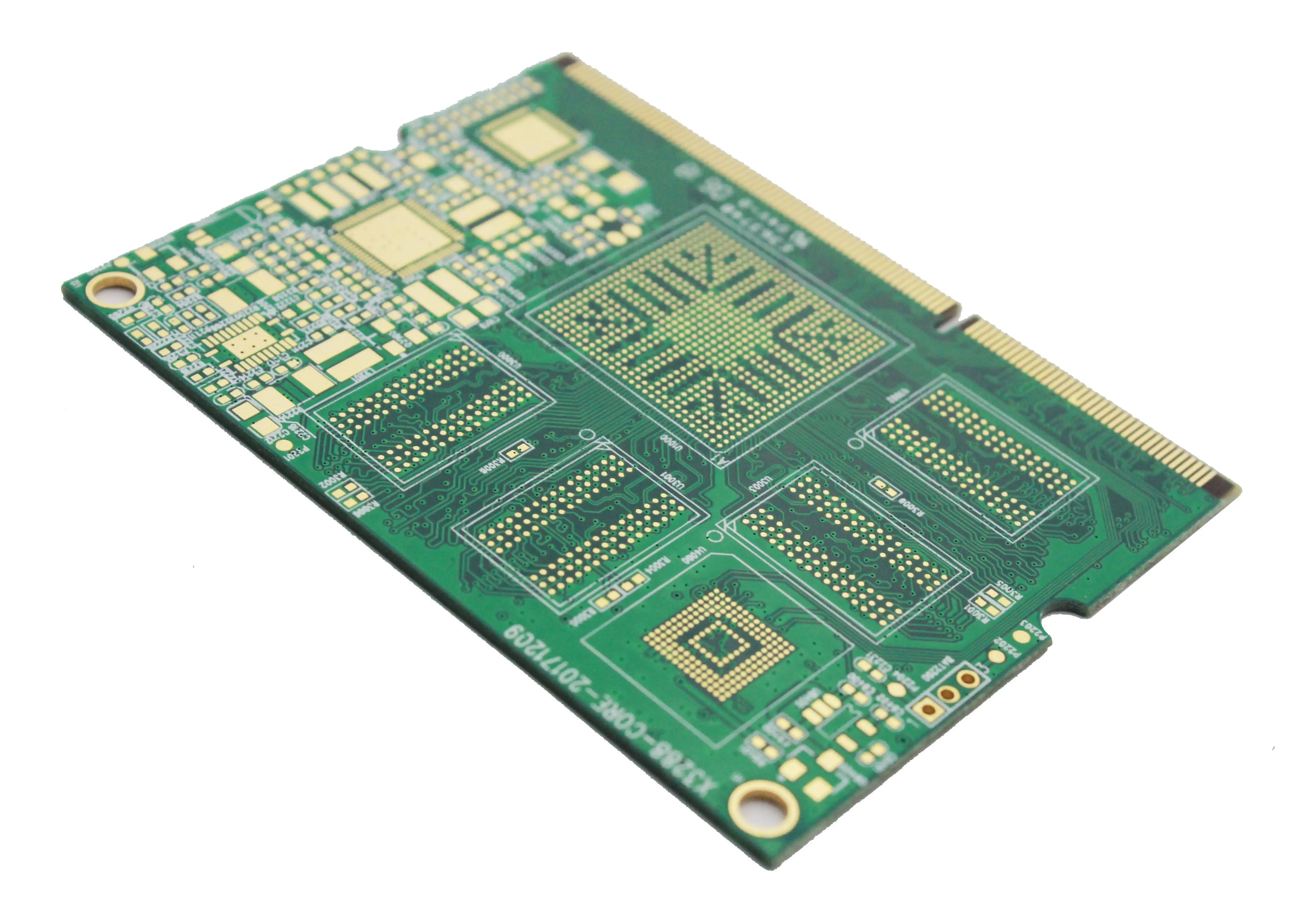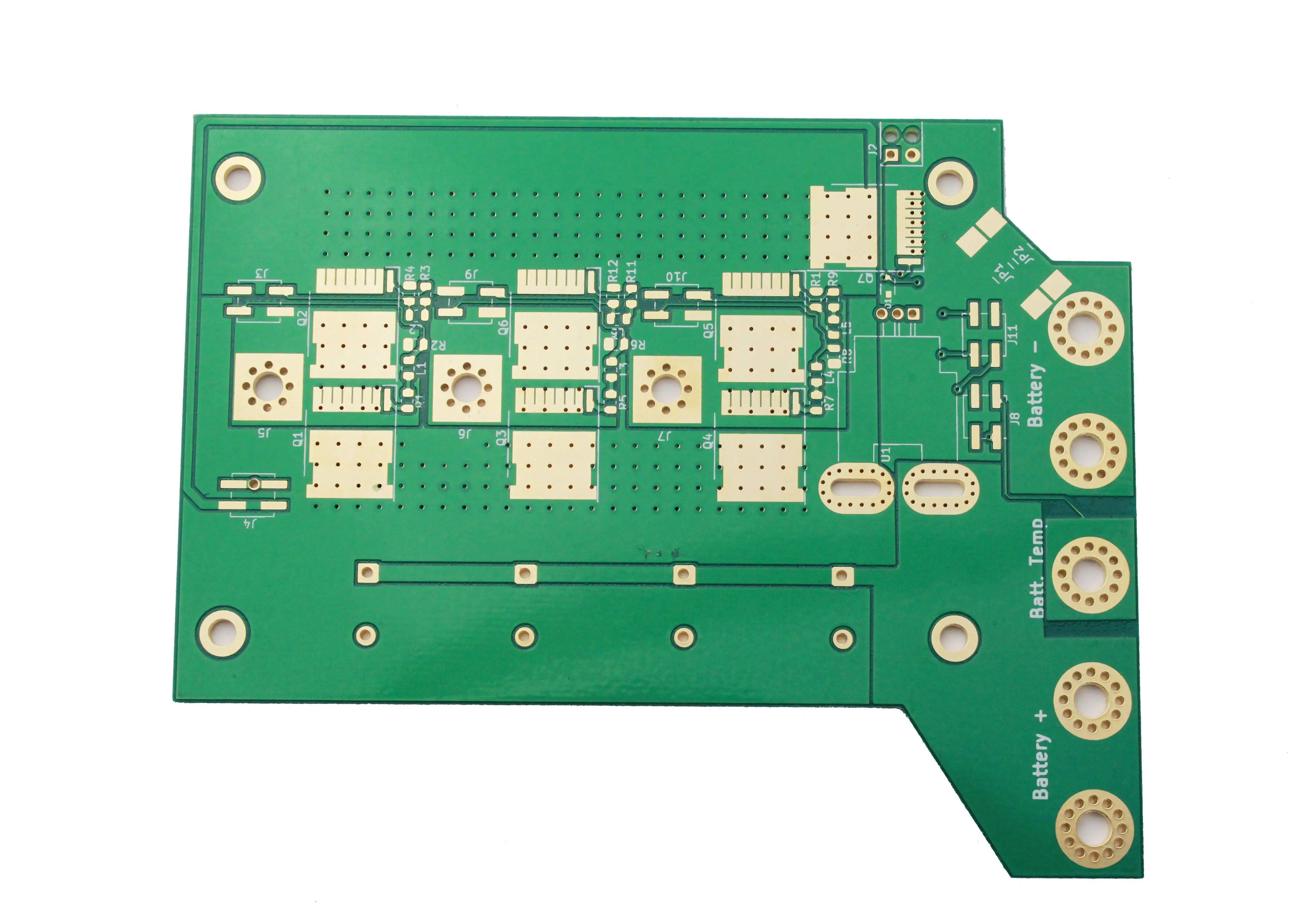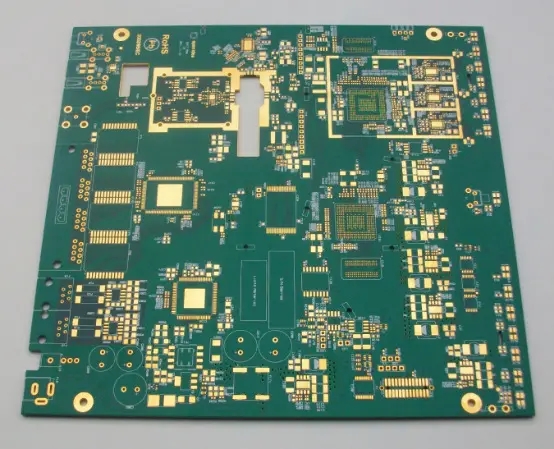
PCB design, whole board layout, optimization and analysis
What are the basic principles for PCB layout design? How to optimize and analyze? Whether the layout is reasonable or not will directly affect the product life, stability, EMC (electromagnetic compatibility), etc. It must be comprehensively considered from the overall layout of the circuit board, the connectivity of wiring, the manufacturability, mechanical structure, heat dissipation, EMI (electromagnetic interference), reliability, signal integrity, etc.
Generally, first place the components at fixed positions related to mechanical dimensions, then place special and large components, and finally place small components. At the same time, the wiring requirements shall be taken into account. The placement of high-frequency components shall be as compact as possible, so that the wiring of signal lines can be as short as possible, so as to reduce the cross interference of signal lines.
Placement of positioning inserts related to mechanical dimensions
The interfaces and indicators between power sockets, switches and PCBs are positioning plug-ins related to mechanical dimensions. Generally, the interface between the power supply and the PCB is placed at the edge of the PCB, and there should be a 3mm~5mm distance from the edge of the PCB; The indicating LED shall be placed accurately as required; Switches and some micro adjustment components, such as adjustable inductors and resistors, shall be placed near the edge of PCB for easy adjustment and connection; The components that need to be replaced frequently must be placed at the position where there are few components, so that they can be replaced easily.

Placement of special components
High power tube, transformer, rectifier tube and other heating devices generate more heat when working at high frequency, so ventilation and heat dissipation should be fully considered in the layout, and such components should be placed on the PCB where the air is easy to circulate.
The high-power rectifier tube and regulating tube shall be equipped with radiator and kept away from the transformer.
Thermal components such as electrolytic capacitors should also be kept away from the heating devices, otherwise the electrolyte will be dried, causing its resistance to increase and its performance to deteriorate, affecting the stability of the circuit.
Components that are prone to failure, such as adjusting tubes, electrolytic capacitors, relays, etc., should also be placed in consideration of convenient maintenance.
For test points that often need to be measured, care shall be taken to ensure that the test bar can be easily contacted when arranging components.
Since 50Hz leakage magnetic field will be generated inside the power supply equipment, when it is connected with some parts of the low-frequency amplifier, it will interfere with the low-frequency amplifier. Therefore, they must be isolated or shielded.
It is better to arrange all levels of the amplifier in a straight line according to the schematic diagram. The advantage of this arrangement is that the grounding current at all levels will flow in this stage without affecting the operation of other circuits. The input stage and output stage should be as far away as possible to reduce the parasitic coupling interference between them.
Considering the signal transmission relationship between functional circuits of each unit, low-frequency circuit and high-frequency circuit shall be separated, and analog circuit and digital circuit shall be separated.
The integrated circuit shall be placed in the center of the PCB, so as to facilitate the wiring connection between each pin and other devices.
Inductors, transformers and other devices have magnetic coupling, and they should be placed orthogonal to each other to reduce magnetic coupling. In addition, they all have strong magnetic fields, and there should be appropriate large space or magnetic shielding around them to reduce the impact on other circuits.
Appropriate high frequency decoupling capacitor shall be configured at the key parts of PCB. For example, a 10 shall be connected at the input end of PCB power supply μ F~100 μ F electrolytic capacitor shall be connected with a ceramic chip capacitor of about 0.01pF near the power supply pin of the integrated circuit.
Some circuits shall be equipped with appropriate high-frequency or low-frequency chokes to reduce the influence between high-frequency and low-frequency circuits. This should be taken into account when designing and drawing schematic diagrams, otherwise it will also affect the working performance of the circuit.
The spacing of components and parts shall be appropriate, and the spacing shall consider whether they are likely to be broken down or ignited.
For amplifiers with push-pull circuit and bridge circuit, attention shall be paid to the symmetry of electrical parameters and structural symmetry of components and parts during layout to make the distribution parameters of symmetrical components and parts as consistent as possible.
After the manual layout of main components is completed, the component locking method shall be adopted to prevent these components from moving during automatic layout. That is, execute the Edit change command or select Locked in the Properties of the component to lock it and stop moving.
Placement of common components
For ordinary components, such as resistance, capacitance, etc., automatic layout can be adopted in consideration of the orderly arrangement of components, the size of occupied space, the connectivity of wiring and the convenience of welding.
For PCB layout design, the manual layout method is used to optimize and adjust the position of some components, and then the automatic layout is combined to complete the overall PCB design. PCB processing, PCB assembly, PCB design and PCBA processing manufacturers will introduce PCB design, layout, optimization and analysis.









